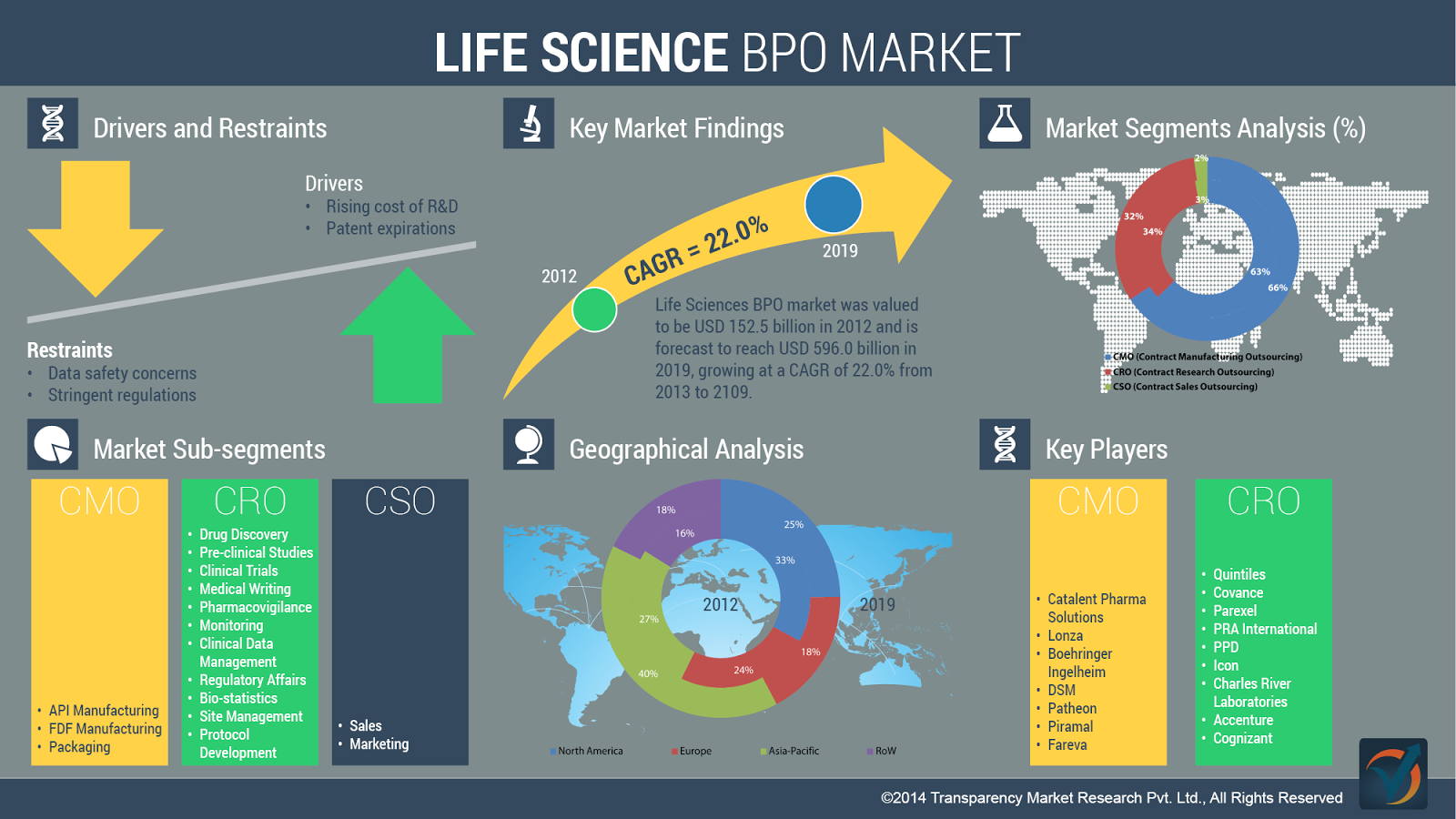
According to a new market report published by Transparency Market Research “Electric vehicles (on-road) (hybrid, plug-in, and battery) market – Global Industry Analysis, Size, Share, Growth, Trends and Forecast, 2013 – 2019,” the global on-road electric vehicles market is forecast to record 64.4 million units volume sales by 2019. In terms of revenue, it is expected to reach a value of USD 271.67 billion by 2019, growing at a CAGR of 19.2% from 2013 to 2019. Increasing use of electric vehicles is due to rise in gasoline prices, growing environmental concerns, and government support/initiatives such as tax exemptions to promote use of eco-friendly products and services. Worldwide, governments are dedicatedly funding research and development centres to develop efficient lithium-ion batteries which are used in electric vehicles. These advanced batteries offer improved energy transfer and better storage capacity at affordable cost. Regions such as Europe and North America are the pioneers in developing and adopting such technologies, with certain countries namely China, Japan, and South Korea, in Asia-Pacific region too, fast catching the trend.
The global on-road electric vehicles market has been classified by product types into four broad segments namely motorcycles and scooters, cars, buses, and others (neighborhood electric vehicles, bicycles, golf carts and trucks). In terms of revenue, electric cars dominated the market in 2012 with 19.6% of global market revenue. Others (neighborhood electric vehicles, bicycles, golf carts and trucks) segment is the second largest market and contributed 28.5% of market revenue share in 2012. By volume, electric bicycles covered the largest market share and the segment is expected to continue its dominance throughout the forecast period.
Geographically, North America dominated the on-road electric vehicles market in 2012 and is expected to retain its dominant position during the forecast period. This is due to several government initiatives for promoting the adoption of electric vehicles in North America. For instance, U.S. government is taking initiatives to reduce the dependency on fossil fuels. Stronger efficiency standards and the higher taxes on motor fuels are steps in this direction further supporting the growth of electric vehicles in this region. Several national-level programs and initiatives such as research and development support, tax incentives, subsidies for electric vehicles purchasers, and public education programs, across Asia-Pacific region, are spreading awareness of electric vehicles. European government is also supporting, green technologies in automotive sector so as to encourage electric vehicle sales. For instance, Brussels (Germany) has allotted EUR 5 billion for European Green Cars Initiative (EGCI), announced in 2008. Similar investments are being made by other major economies of the world, such as China with USD 15 billion and U.S. with USD 2.4 billion for electric vehicles.
Nissan Motors, General Motors, Tesla Motors, Honda Motors Co. and Toyota Motors are some of the leading players in this market. These players collectively accounted for more than 50% of total market share in 2012. The electric vehicles market is expected to witness the emergence of new models at local and global level. For example, BMW i3, Cadillac ELR, Mitsubishi Outlander are few models that would be launched in 2014.
Browse the full Electric vehicles (on-road) (hybrid, plug-in, and battery) market – Global Industry Analysis, Size, Share, Growth, Trends and Forecast, 2013 – 2019:
- Electric Cars
- Hybrid electric cars
- Plug-in hybrid electric cars
- Battery electric cars
- Electric motorcycles and scooters
- Hybrid electric motorcycles
- Plug-in hybrid electric motorcycles
- Battery electric motorcycles
- Electric Buses
- Hybrid electric buses
- Battery electric buses
- Fuel cells electric buses
Electric Vehicles (on-road) Industry Application Market, By Geography
- North America
- Europe
- Asia-Pacific
- Rest of the World (RoW)

















+Ecosystem+Market.JPG)





